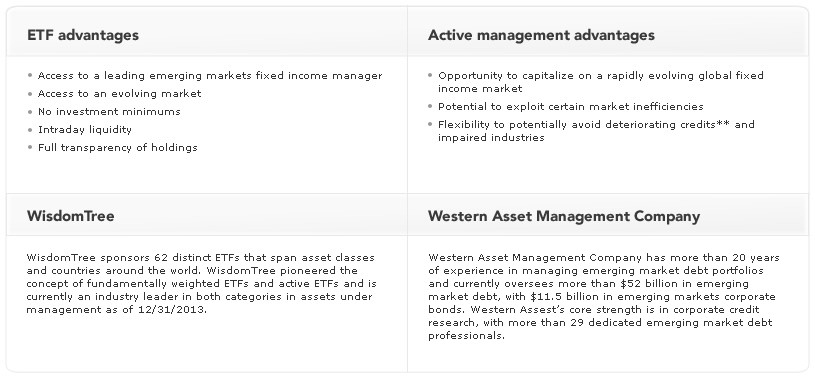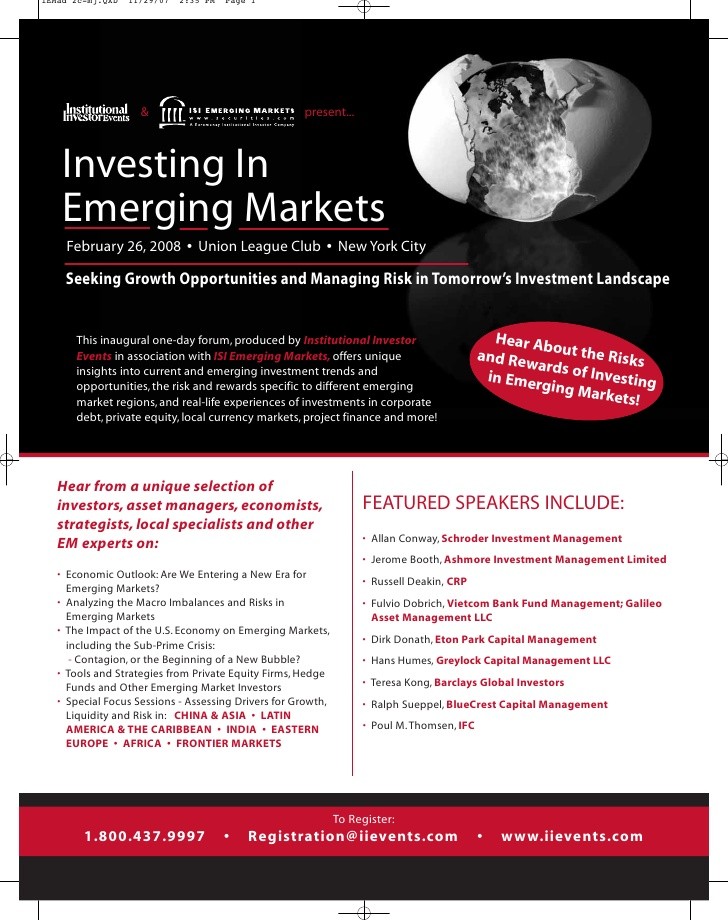Seeking New Opportunities In Emerging Markets Debt
Post on: 16 Март, 2015 No Comment

Editor’s Note: This article was originally published on June 11, 2014.
By Giordano Lombardo
Yerlan Syzdykov, Head of Emerging Markets Bond & High Yield here at Pioneer Investments, recently shared his thoughts with London’s press on the challenges of investing in emerging market debt. The following is a summary of his remarks:
Emerging markets, despite periods of volatility, have demonstrated their resilience to turbulence and we believe they will continue to offer opportunity for selective investors.
There are three forces behind the resilience of the Emerging Markets (EM) Debt asset class:
- An evolution of the asset class in terms of size and composition: EM corporate debt was 3.5% of the total of EU and U.S. corporate debt in 1998. Today, it’s over 17%. At $1 trillion, Emerging Markets High Yield is as large as U.S. High Yield.
- Improved credit quality across EMs: Debt-to-GDP ratios have generally improved and public finances are relatively stronger than in developed markets.
- Incremental development of the investor base should support EMD in the medium to long term: Investors have doubled their allocation to EMD in the last 5 years, though it still remains small compared to the corresponding EM share of GDP and global bond markets.
We are entering a new phase of development in emerging markets, and investing in the asset class requires a new way of thinking. For us, the key lies in selection as different dynamics at country and sector level play a material role in the performance of the asset class.
Understanding the different challenges that emerging markets are facing, monitoring the metrics to identify a country’s domestic and external risk and tracking the measures and reforms these economies are implementing, are of paramount importance in managing the opportunity and risks for investing in EMs.

Emerging markets debt as an asset class has experienced a substantial transformation over the past decade. This radical evolution in terms of financial deepening, healthier fundamentals, greater transparency and governance has led to improving creditworthiness and an increased demand from an expanding investor base.
Does Recent Volatility Signal the End?
Last year proved very challenging for most fixed income asset classes and for emerging markets debt in particular. The question on the minds of many investors today is whether this period of volatility marks the end of the EMD honeymoon. Investors are asking themselves whether emerging markets are facing a structural slowdown or if new growth models will emerge.
There are a number of variables in this new phase of emerging markets investing:
- Structural reforms are, today, on the agenda for many EM countries: the weakening of cyclical factors supporting the huge inflows of the past few years are stimulating EM countries to devise more sustainable growth models.
- New fronts of geopolitical tensions are opening, and electoral outcomes in a number of EM countries may have material effects on financial markets
- The ability of EMs to generate growth is sensitive to the role of China in the global macroeconomic framework. China’s slowdown is partly engineered to rein in credit and advance reforms while ensuring a gradual transition to a more balanced and sustainable growth model
- Flow normalization should follow the Fed’s forecast exit from Quantitative Easing, allowing selective opportunities across a range of sovereign and corporate issuers
With Challenge Comes Opportunity
Identifying the potential winners in this new game, discovering countries and corporates with the ability to leave behind the legacies of the past and move to a more balanced growth path is a source of competitive advantage.
The evolution and development of EMs means that investors have begun to adopt emerging markets debt as a mainstream asset class. In the ongoing search for yield, we believe emerging markets debt represents a compelling buying opportunity, allowing selective investors to exploit the complexity of, and benefit from, the varied sources of potential returns.
For more of Yerlan Syzdykov’s analysis of emerging markets debt opportunities, read the Pioneer Blue Paper, Emerging Markets Debt: A New Thinking .
Disclosure: This article was written by Giordano Lombardo. We did not receive compensation for this article (other than from Seeking Alpha), and we have no business relationship with any company whose stock is mentioned in this article.














